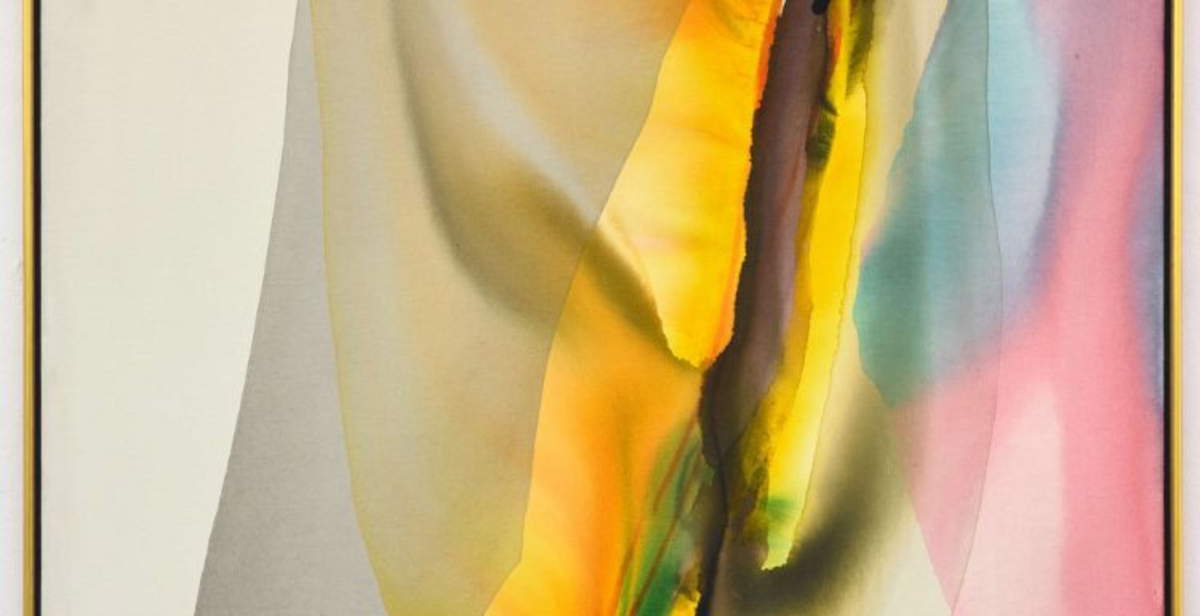From Oct. 9 to Nov. 15, 2025, the Biasutti & Biasutti Gallery in Turin presents an exhibition dedicated to Paul Jenkins (Kansas City, Missouri, 1923 - New York, 2012), one of the protagonists of post-World War II American painting and an independent interpreter ofAbstract Expressionism. The exhibition offers an itinerary that includes works on canvas and on paper made between the 1950s and 1980s, highlighting the consistency and evolution of the artist’s pictorial language. Works in the exhibition include Ghosts and Tattooed Deer Hunter, both from 1954, which testify to Jenkins’ early interest in painting as a fluid entity, both material and mental. Fluidity became a hallmark of his artistic practice, spanning decades of research and configuring itself as a means of revealing inner dimensions through color.
Alongside the Expressionist impulse of his origins, Jenkins developed a pictorial vision influenced by the European tradition, while the comparison with the great painting of the past enriched his work with historical and symbolic meanings, overcoming the gestural energy typical of Abstract Expressionism. Beginning in 1959, Jenkins named his works Phenomena, a concept that translates the pictorial act into the constant phenomenological change of reality and subjective perception, making the event itself visible through color. Examples of this phase are featured in the exhibition with large canvases such as Phenomena Lunar Insistence (1968-69) and Phenomena Euphrates Wind Bell (1979).


In these works Jenkins dominates the use of acrylic cast and modulated with couteau, creating layered, translucent backgrounds in which color behaves as spiritual matter. Alongside the canvases, a selection of watercolors, including Phenomena Red’s Silver Vein (1972) and Phenomena Carpentess (1977), highlights the versatility of the language on paper, with works that are light and luminous but dense with symbolism. The exhibition ideally concludes with Phenomena Prism Mantra(1986), characterized by flows of color interrupted by geometric, mostly triangular gaps, typical of the 1980s. The absence of color in these areas gives the works a luminous and spatial significance, evoking the principle of emptiness and fullness in the Eastern tradition, transforming painting into a vibrant presence between silence and light.
The exhibition thus aims to restore the coherence of an artistic vision that has been able to transform color into spiritual experience, thus taking painting beyond the boundaries of form and time. The preview of the exhibition will be held on Thursday, Oct. 9, 2025, from 6 to 8 p.m., while opening hours for the public will be Tuesday through Saturday, 10 a.m. to 12:30 p.m. and 3:30 to 7:30 p.m.
 |
| Paul Jenkins in Turin: painting as an energetic and spiritual flow |
Warning: the translation into English of the original Italian article was created using automatic tools. We undertake to review all articles, but we do not guarantee the total absence of inaccuracies in the translation due to the program. You can find the original by clicking on the ITA button. If you find any mistake,please contact us.